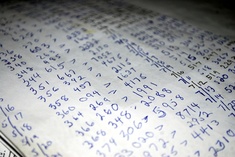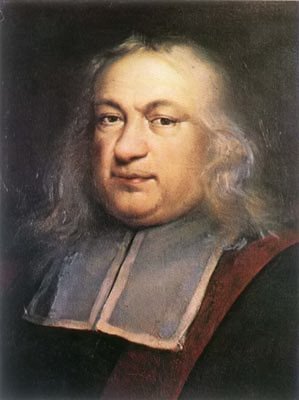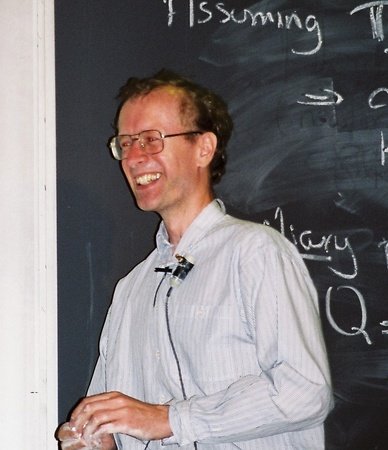
Some "Eurekas" of Mathematics - Part Seven
First published: Wednesday September 29th, 2021
Report this blog
History of Number Theory
Out of the many branches within mathematics, number theory is perhaps one of the oldest. It is generally agreed upon that Pythagoras (ca. 500 BC) was the first to develop actual theory, though we know that properties of numbers were studied as early as the time of the Ancient Egyptians. Pythagoras contributed largely to developing a border-line mathematical cult, but the philosophical approach to mathematics started a new trend in mathematics.
The axiomatic approach to mathematics began with Euclid, whose book Elements revolutionized math. And the Euclidean Algorithm, obviously bearing his name, is fundamental to the study of integers and integer-valued functions (i.e., Number Theory).
Since then, many advancements in number theory have been made. Many questions have remained unanswered for centuries, only to be answered in the last 100 years, while others remain unanswered to this day. Those that have been proved to be true are referred to as theorems, while those which are thought to be true but have not been proved one way or the other are referred to as conjectures.
Fermat's Last Theorem
Perhaps the most famous example is Fermat's Last Theorem. Pierre de Fermat, a 17th Century mathematician, stated with certainty that the equation

has no integer solutions for a, b, and c when n is 3 or greater. That is to say, when the exponents in the above equation are n = 3 or larger, no integers can be used as a, b, or c to make the equation true.
Fermat did not however provide a proof for this theorem. He wrote "I have discovered a truly marvelous demonstration of this proposition that this margin is too narrow to contain." But Fermat's Last Theorem was not proved until 1993 by Andrew Wiles using advanced Number Theory techniques which were centuries ahead of what Fermat was aware of. So it's generally agreed upon that Fermat did not actually know the full proof to the above theorem.


Twin Prime Conjecture
One of the more famous number theory conjectures which still has yet to be proved is the Twin Prime Conjecture, first formally proposed in 1846. This conjecture states that there are infinitely many pairs of twin primes. A pair of twin primes are two prime numbers which differ by 2. For example, 5 & 7 or 17 & 19. Still no proof exists for this, though thanks to super computers, we know there are 808,675,888,577,436 twin primes less than 1018; it's because of large calculations such as this that hint towards the likely truth of this conjecture.
Goldbach Conjecture
Another still unproven number theory conjecture about primes is the Goldbach Conjecture, perhaps equally famous as the Twin Prime Conjecture. Posed by Christian Goldbach in 1742, this conjecture states that every even integer (greater than 2) is the sum of two primes. For example, take any even number, say 110. Notice that 110 = 97 + 13, both prime. Like the above conjecture, thanks to computers, mathematicians have been able to test this conjecture for all even numbers up to 400,000,000,000,000, an incredibly large number. However, it could be true that some insanely large integer fails to be the sum of two primes, though we have yet to find such an integer.

The Goldbach Conjecture for even integers up to 50
